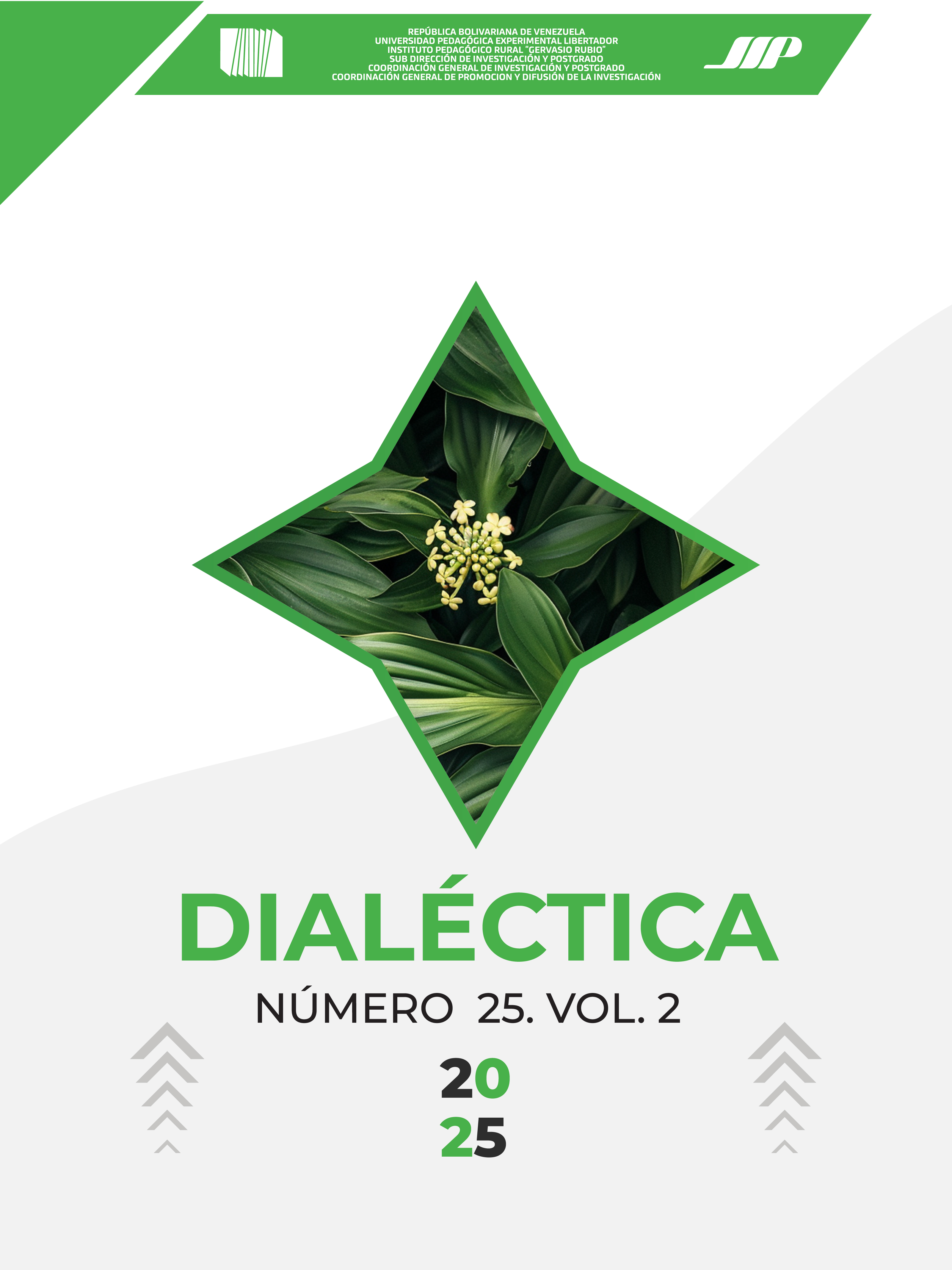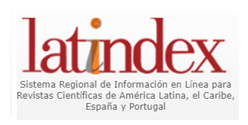COHERENCE BETWEEN THE MOST USED TEXTBOOKS IN COLOMBIA AND THE PROJECT-BASED TEACHING-LEARNING APPROACH TO STATISTICS
DOI:
https://doi.org/10.56219/dialctica.v2i25.4063Keywords:
Didactic analysis, Mathematics textbooks, New educational approaches and trends, Teaching and learning, Probability and statisticsAbstract
his article addresses the new trends in the teaching and learning of statistics, as well as the implicit content in the Basic Standards of Competencies in Mathematics (EBCM), present in the units of random thinking and data systems of the Mathematics Textbooks (LTM) most used in Colombia. The publishers under study are: Santillana, SM, Libros y Libros, Norma and Educar Editores. The objective is to carry out a didactic study about the coherence between the approach and the activities proposed by the LTM of secondary education most used in Colombia, with what is proposed by the Colombian guidelines, the new approaches and educational trends around the teaching and understanding of statistics. The study implements the mixed research approach, applying the text analysis technique. The results indicate that the content addressed by the most commonly used 10th and 11th grade LTMs in Colombia and their respective activities are articulated with the parameters of the Colombian educational system required by the Ministry of National Education (MEN) through the EBCM and the Mathematics Curricular Guidelines (LCM), despite some gaps detailed in the conclusions. In addition, it is concluded that within the proposed activities there is little or almost no implementation of strategies consistent with the new approaches and trends in the teaching and understanding of statistics.
Downloads
References
Batanero, C., & Díaz, C. (2009). ESTADÍSTICA CON PROYECTOS. Recuperado de https://www.ugr.es/~batanero/pages/ARTICULOS/Libroproyectos.pdf
Batanero, C. (2014). ¿Hacia dónde va la educación estadística? https://www.ugr.es/~batanero/pages/ARTICULOS/BLAIX.pdf
Batanero, C., Gea, M. M., Arteaga, P., y Contreras, J. M. (2014). La estadística en la educación obligatoria: Análisis del currículo español. Revista Digital: Matemática, Educación e Internet, 14(2), 1–14. https://doi.org/10.18845/rdmei.v14i2.1663 DOI: https://doi.org/10.18845/rdmei.v14i2.1663
Campos, Y. C. (2000). Estrategias para propiciar la interacción con la realidad, la conocimientos previos y generación de expectativas activación de. 1–20.
Campos, C. R. (2016). LA EDUCACIÓN ESTADÍSTICA Y LA EDUCACIÓN CRÍTICA. Pontificia Universidad Católica de São Paulo, August, 20. https://www.researchgate.net/publication/307895353_LA_EDUCACION_ESTADISTICA_Y_LA_EDUCACION_CRITICA/link/57d0d71908ae0c0081deb0fc/download
Estrella, S., & Olfos, R. (2012). La taxonomía de comprensión gráfica de Curcio a través del gráfico de Minard: una clase en séptimo grado. Educación Matemática, 24(2), 123–133. Recuperado de https://www.redalyc.org/pdf/405/40525862002.pdf
Hernández, R., Fernández, C., & Baptista, M. (2010). Metodología de La Investigación, 656. http://www.casadellibro.com/libro-metodologia-de-la-investigacion-5-ed-incluye-cd-rom/9786071502919/1960006
Iberoamericana, A. (2011). ¿Cómo contribuir a la alfabetización estadística? Revista Virtual Universidad Católica Del Norte, 1(33), 234-247–247. https://revistavirtual.ucn.edu.co/index.php/RevistaUCN/article/view/4/8
Lupiáñez Gómez, J. L., & Rico Romero, L. (2008). Análisis didáctico y formación inicial de profesores: Competencias y capacidades en el aprendizaje de los escolares. PNA, 3(1), 35–48. https://dialnet.unirioja.es/descarga/articulo/2693447.pdf DOI: https://doi.org/10.30827/pna.v3i1.6190
Martínez Bonafé, J. (2008). Los libros de texto como práctica discursiva. Revista de La Asociación de Sociología de La Educación (RASE), 1(1), 62–73. https://dialnet.unirioja.es/descarga/articulo/2793153.pdf
Ministerio de Educación Nacional. (1998). Lineamientos Curriculares en matemáticas. https://www.mineducacion.gov.co/1621/articles-89869_archivo_pdf3.pdf
Ministerio de Educación Nacional. (2006). Estándares básicos de competencias Formación de ciudadanos con pensamiento matemático. https://www.mineducacion.gov.co/1621/articles-340021_recurso_10.pdf
Downloads
Published
How to Cite
Issue
Section
License

This work is licensed under a Creative Commons Attribution-NonCommercial-ShareAlike 4.0 International License.
La revista Dialéctica conserva los derechos patrimoniales (copyright) de las obras publicadas, que favorece y permite la reutilización de los mismos bajo la licencia Creative Commons Atribución-NoComercial-CompartirIgual 4.0 , por lo cual se pueden copiar, usar, difundir, transmitir y exponer públicamente, siempre que se cite la autoría y fuente original de su publicación (revista, editorial, URL y DOI de la obra), no se usen para fines comerciales u onerosos y se mencione la existencia y especificaciones de esta licencia de uso. Si remezcla, transforma o crea a partir del material, debe distribuir su contribución bajo la misma licencia del original.











